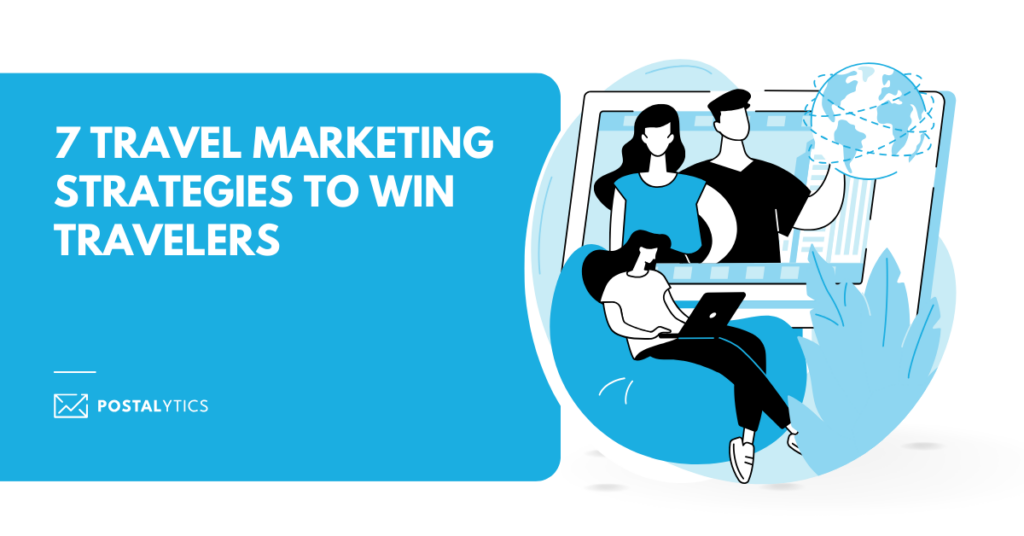
Revenue for the travel and tourism market is expected to grow at an annual rate of 4.42%. By 2027, the projected market volume is over one trillion dollars. Travel marketing strategies are growing and changing rapidly to take advantage of this growth.
As travelers return to their normal traveling frequency, competition is soaring again. Travel companies must develop new and innovative ways of getting their services in front of potential customers.
Travel industry marketing has become increasingly important. Many competitors are finding success in a cluttered industry thanks to innovative marketing. As a direct mail automation platform, we have observed what makes travel marketing unique and how you can create strategies to attract travelers to your business.
Let’s strap in and begin our journey.
What We’ll Cover:
What is Travel Marketing?
Traveling industry marketing involves all the marketing strategies you use to;
- Generate leads
- Attract more website visitors
- Drive social media visibility
- Strengthen your brand
- Convert customers
- Increase sales
- Improve customer retention
It encompasses all the marketing campaigns you run on different platforms, like content marketing, advertising and social media marketing, to capture the attention of all types of travelers, like adventure seekers, business travelers, or vacation planners.
It’s important to note that travel marketing includes all businesses in the industry, like hotels, resorts, travel agents, transportation companies, airline companies, lodging businesses, tour operators and tourist destinations.
7 Effective Travel Marketing Strategies
Travel marketing allows brands to create stories and draw more eyes to their business. A proper investment in travel marketing strategies allows marketers to generate enthusiasm, entice tourists, and drive economic growth.
Here are seven such strategies you can adopt.
#1 Direct Mail Marketing
Did you know that the travel and hospitality industry ranks second in the usage of direct mail? This is because direct marketing is a great way to reach travel customers. Personalized direct mail can surprise and delight travelers.
There are a lot of creative ways you can print your direct mail postcards and brochures to create an engaging experience for your audience. For example, you can use pop-ups, window printing, specialty inks, embossing, and debossing to create attractive mail.
Many travel marketers also use destination pictures to create a visual impact and evoke certain emotions.
If you think direct marketing is complicated and requires a lot of time, think again. With the advent of direct mail tools like Postalytics, you can access;
- Readymade templates
- Personalize campaigns at scale
- Get address verification functionality
- Dashboards to track the success of your campaign
- pURLs & QR codes for easy online tracking
It means you can create, send, and track campaigns with ease.

#2 Content Marketing
Investing in content marketing for travel can pay off well in the long run. With so many different content formats like blogs, videos, podcasts, ebooks, etc., you can be as creative as you want.
One format that you should capitalize on before moving to others is blog content. An engaging blog can target your audience’s questions, offer tips and suggestions that the audience finds valuable, and persuade those who wish to travel.
View from the Wing‘s blog is the perfect inspiration for you.
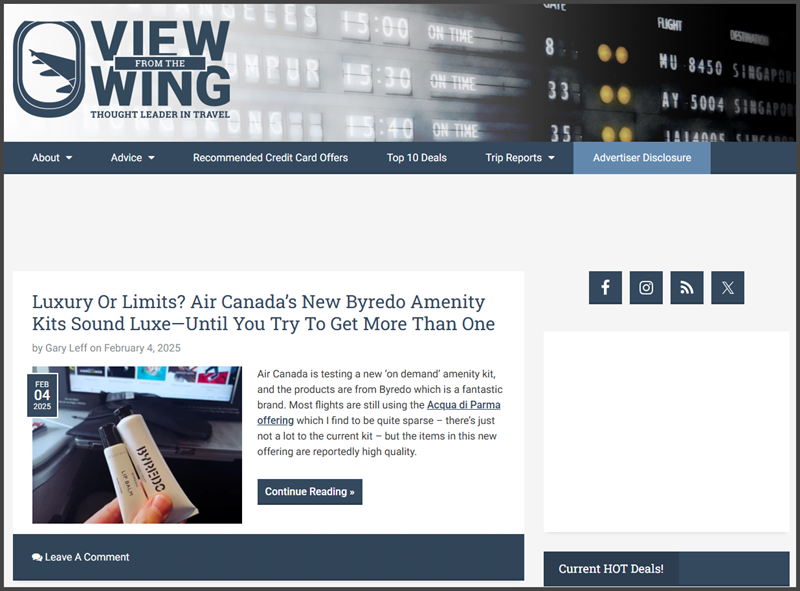
Here are some best practices you can adopt to get the most out of this travel marketing strategy:
- Perform keyword research to find the keywords and phrases your target audience is searching for.
- Understand your audience and create relevant content.
- Master the usage of powerful and persuasive copy and CTAs.
- Perform competitor research to find the content types getting the most engagement.
- Experiment with recent trendy content formats like Instagram reels and YouTube shorts.
- Create a newsletter with your top-performing content to get even more benefits out of your popular content.
#3 Video Travel Marketing Strategies
According to Oberlo’s video marketing survey, the demand for video content is increasing, with 91% of consumers wanting to see more video content from brands.
This holds even more true for the travel and tourism industry. For example, take these two options:
Option A: A detailed landing page talking about how to set up an itinerary for Italy
Option B: A YouTube video that shows the different things you can cover in Italy for your itinerary
Which one would you prefer first? The last option, right? That’s because this industry is heavily dependent on visuals. Visuals help you show off destinations and your hospitality business in full glory.
Hey Nadine has one of the top travel video channels on YouTube.
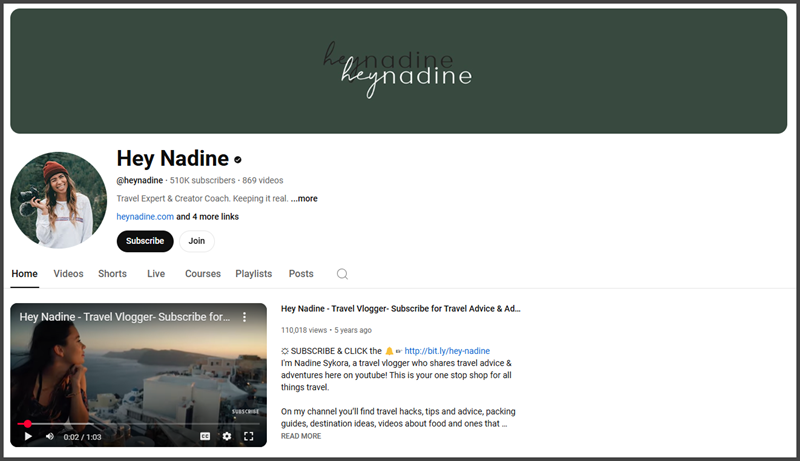
You can also tell compelling stories with videos. And the best part? You don’t need an extensive budget for this travel marketing strategy. You only need some basic tools like Vimeo and Adobe to get started.
#4 Influencer Marketing
Partnering with relevant influencers in your niche can help you reach a wider traveler audience and get more visitors to your social profiles or website.
When you work with great names in the travel industry, it also does a lot to improve the trust and credibility people have in your brand.
One question marketers often have with influencer marketing is, “Wouldn’t this strategy be very costly?”
No! With the advent of micro and nano-influencers, even small businesses and travel agencies can adopt travel influencer marketing. Here are some questions to ask before choosing influencers for your campaigns.

Before moving ahead with this strategy, ensure you have a plan drawn out which answers questions like:
- What will be the budget spend?
- How many posts/videos/articles are we looking to collaborate on?
- Will we let the influencer create content independently, or will we have a set of guidelines?
- How will we compensate the influencers?
#5 Email Marketing
Email marketing can be a great way for travel marketers to nurture travel leads and build relationships. But it’s not as easy as writing a generic email and sending it to 200 subscribers on your list.
Instead, here are some tips to help you create effective travel email campaigns:
- Embed beautiful visuals and videos: Instead of sending the same mundane emails, by adding a short video to your email, you can engage your audience and improve response rates.
- Use email automation: Create triggered email workflows to send the right message to the right person at the right time. Here’s a workflow example.
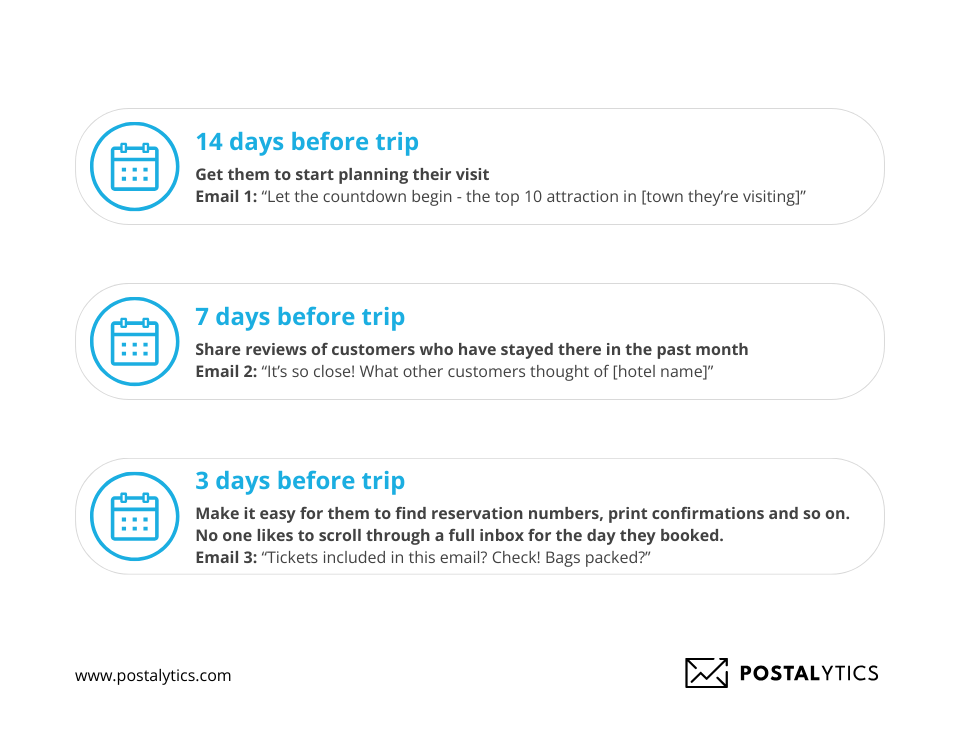
- Personalize your campaigns: Email personalization can improve your open rates by 82%. So, get customer preferences and use them in campaigns.
- Get creative with subject lines: As travel marketers, your subject lines should be such that they draw the recipients in and push them to open the email. You can even use A/B testing to find the right subject lines.
Here’s an email campaign strategy by travel behemoth Carnival Cruise Line, to inspire you.
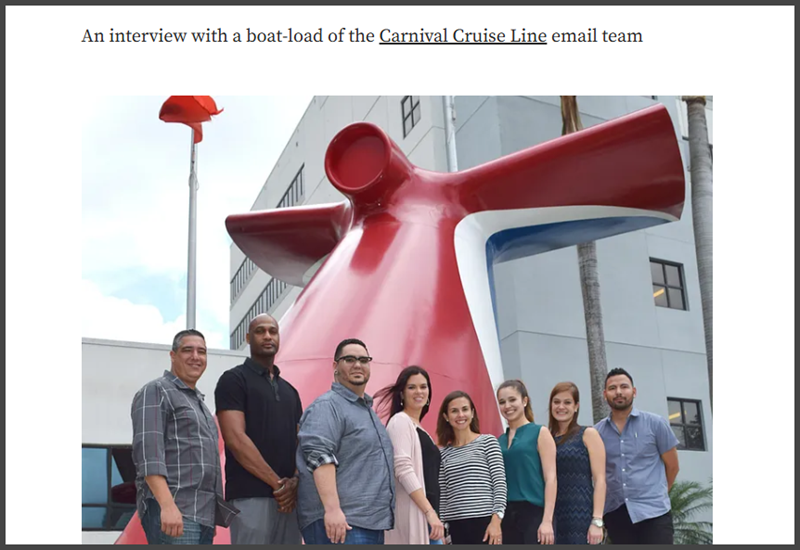
#6 User-Generated Content for Travel Marketing
User-generated content (UGC) is any content created by the users of your company that reflects their experiences with your services or brand.
Utilizing this in your campaigns, websites, or blogs can help build trust and social proof. After all, people trust other travelers more than they trust branded content.
Here’s how you can use UGC:
- Embed reviews on your homepage or targeted landing pages.
- Create a separate page on your website to display your customer’s pictures, such as their stay in your hotel.
- Use these visuals in your email campaigns. For example, if you’re sending details about an upcoming trip to Indonesia, embed pictures of your customers having fun on the pristine beaches of Bali.
- Design an attractive brochure with UGC and send it via direct mail platforms.
To source these visuals, you can ask your customers via email, or you can create branded hashtags on social media and encourage customers to use those while uploading their pictures.
Here’s a great guide to user generated content for the travel business.
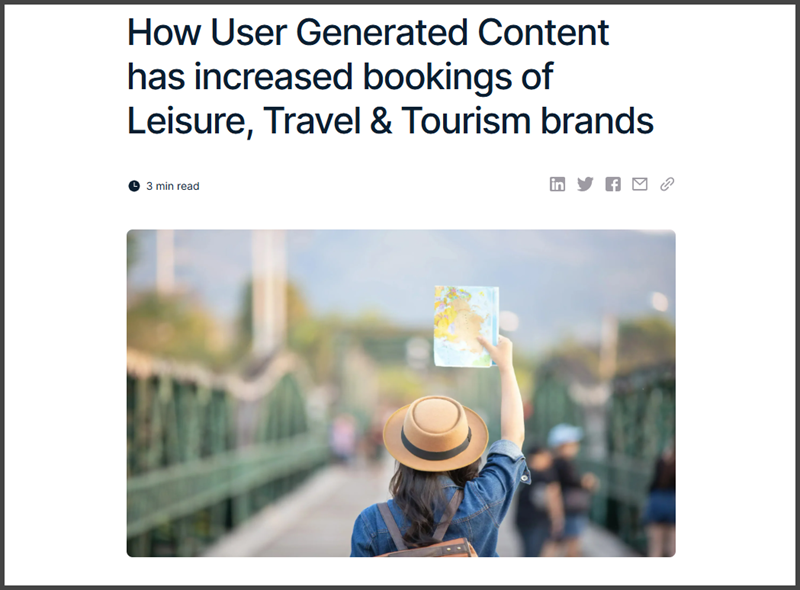
#7 Virtual Reality Marketing
We have seen virtual reality applications in many areas of our lives, whether gaming or the beauty industry. With VR offering a realistic experience, travel marketers can use it to create memorable and immersive experiences.
For example, you’ll see many hotels and resorts offering a virtual tour of their resort. The 360-degree videos make you feel as if you are right in the hotel. This makes visitors feel like the main character in your story and helps build strong relationships.
Here’s a great overview of virtual reality and how it’s used in the travel industry.
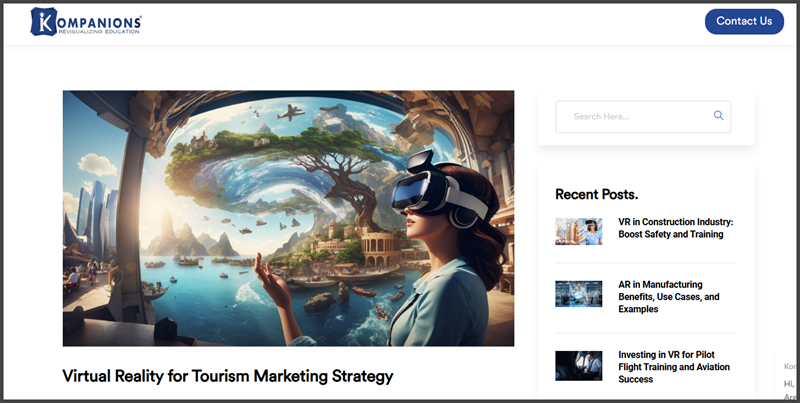
You could create virtual guided city tours, wine-tasting tours, or virtual visits to museums and galleries. To find how effective this is, many travel companies ask recipients to scan QR codes to access these tours and then track their activity.
6 Best Tips for Travel Marketing Campaign
We’ve covered the different marketing strategies you can implement. Now, it’s time to find out how you can create effective campaigns with these strategies. Here are six travel marketing tips you should follow.
#1 Define Your Target Audience
Not all travelers are the same. While you might have something for each traveler, you want to create separate buyer personas to target different audiences with different campaigns. This can help create more effective marketing campaigns.
For example, while adventure seekers may want to spend extra bucks on adventure activities, luxury travelers may not mind spending lots on expensive hotels and resorts.
Audience building tools can help you acquire lists of precisely targeted consumers for direct mail and email campaigns.
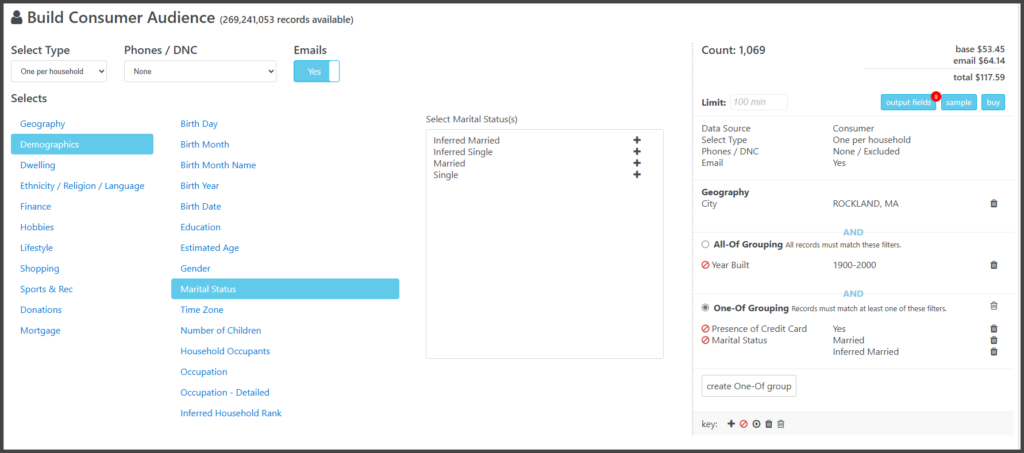
To create detailed buyer personas, consider demographics, interests, pain points, and travel preferences. You can conduct surveys or pay close attention to visitors’ activity on your website to find this information.
#2 Target Travel-Related Keywords
You might want to create an article on “How to select the right travel agency?” But are people searching for this keyword? If not, you’re wasting your resources.
To find this out, you can use keyword research tools like Ahrefs, Google Keyword Planner, or Semrush.
Not only can you use these keywords for your articles or YouTube videos, but you can use them for search ads as well.
If you’re just starting, ensure you don’t go after high-search volume keywords, which are generally very competitive. Start with long-tail keywords or keywords that have a moderate difficulty level.
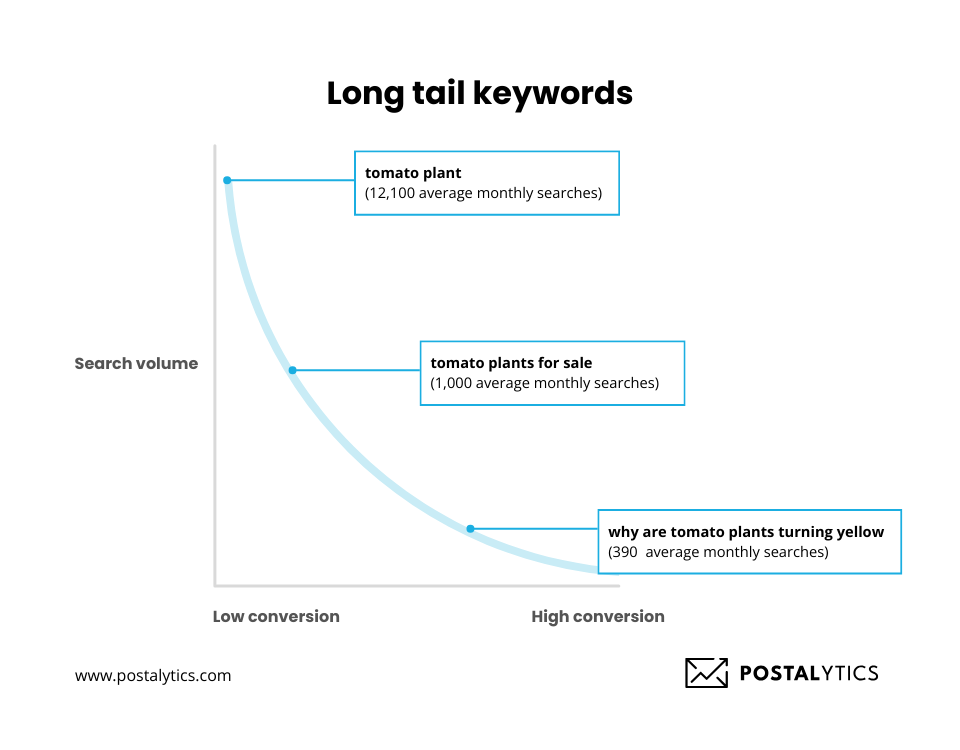
#3 Don’t Oversell
Have you ever unsubscribed to a brand because they were very pushy? That’s one thing travel marketers should avoid at all costs.
You need to strike a balance between promoting travel services and providing valuable information.
For example, if someone booked a trip to Thailand, you can send them valuable content about attractions to visit in Thailand, how to book island tours or the food they should not miss out on. You can then insert links in these articles where customers can pre-book tours or other activities.
This way, you’re not aggressively marketing your add-ons. At the same time, you’re providing your customers with valuable information.
#4 Retarget Audience Interest
Retargeting in the travel industry focuses on reconnecting with those leads or customers who have shown interest in your product/service once. This helps convert those who just need that extra nudge to rent a room in your hotel or book a tour from your agency.
You can use website tracking pixels and data analysis to identify valuable retargeting opportunities. One major way travel marketers retarget audience interest is by using search ads or showcasing ads on social media platforms.
To get the most out of this strategy, ensure your ads are compelling enough to remind travelers of their interest in your services.
Here’s an overview of how travel businesses use retargeting and remarketing.
Direct mail retargeting can be a very powerful tool, especially to connect with high value travelers. Use direct mail automation to retarget consumers that visit your website, or those who’ve reached out previously but have gone quiet on email or have unsubscribed.
#5 Focus on Visuals
Visual content is the go-to content for travel and tourism marketing. After all, you can write a hundred flamboyant words on how beautiful Spain is. Still, it’ll only make a lasting impact if you support those words with high-quality images and videos of Madrid, Seville, or Ibiza.
Ensure you optimize visuals for mobile devices and social media platforms and maintain consistency in branding through visual elements.
If you’re using direct and email marketing, add visuals to get better open rates and conversions. You can even A/B test these campaigns to understand the impact visuals have on your KPIs.
#6 Reach Out to Micro-Influencers
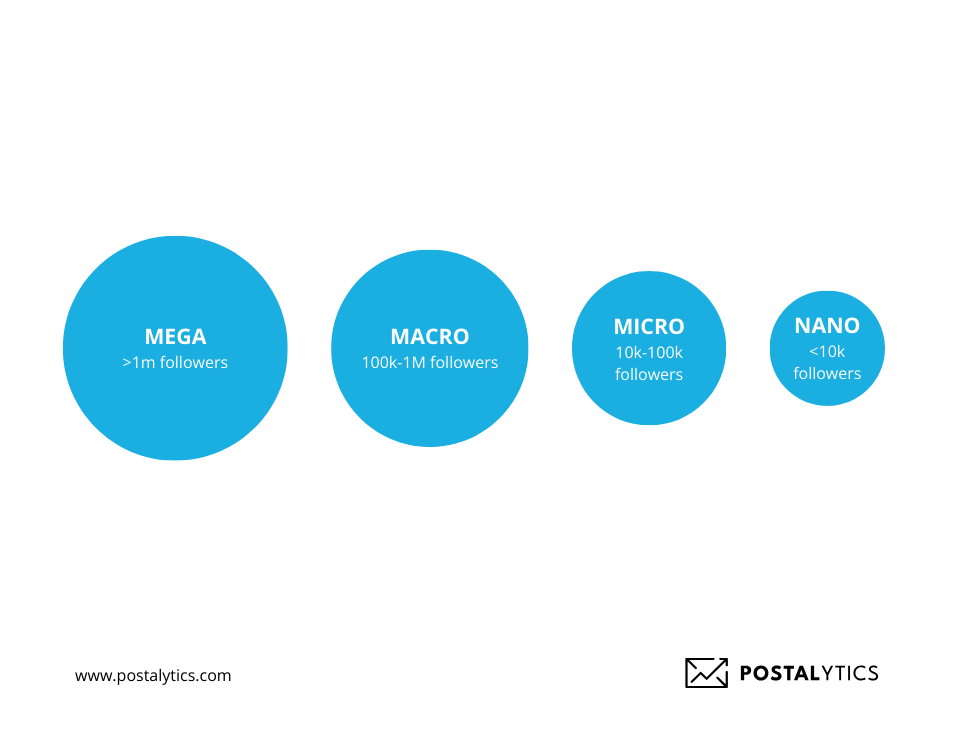
A micro-influencer is an influencer with a follower count of 10,000-100,000 followers. These influencers are the best option for brands looking to get a broader appeal with their campaigns on a budget.
These micro-influencers charge less, have a more engaged following, and have a more targeted or niche audience, all of which benefit travel marketers.
You can do a manual search on social platforms or work with influencer marketing agencies to get a list of micro-influencers you can work with.
How Can Direct Mail Help Travel Marketing Campaigns?
Many travel agencies and related businesses use direct mail to create a tangible and memorable experience for their clients.
With different direct mail formats and printing methods, you can create beautiful direct mail pieces that capture attention and improve your brand’s visibility.
Direct mail automation tools like Postalytics streamline the creation and delivery of direct mail. With access to readymade templates, functionality to add pURLs & QR codes, and the ability to personalize each direct mail piece at scale, you’re all set to carry out your direct marketing efforts seamlessly.
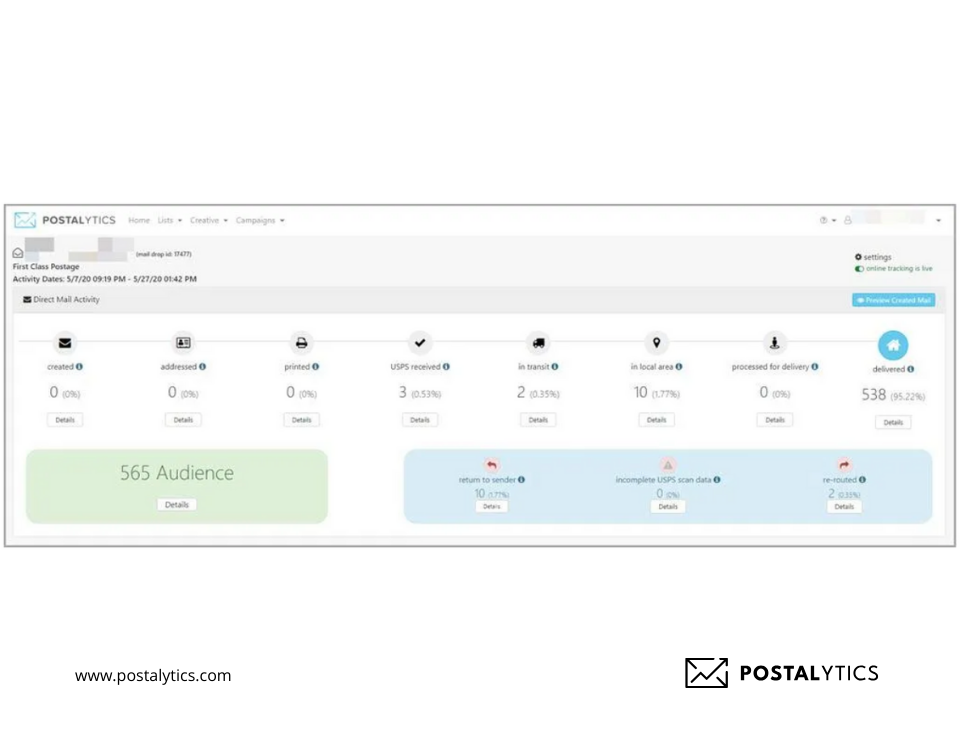
Vacation Reputation, a leading-edge solution tailored for vacation rental management companies, used Postalytics to market their services. They loved that there were no minimum order sizes, and they could personalize and automate direct mail.
After adding Postalytics to their list of services, one of their clients signed six new properties after sending only 2100 postcards. That’s an incredible conversion rate to cold outreach in this industry.
Elevate Your Travel Marketing Campaigns
With these travel marketing strategies, you’re ready to create campaigns that convert. Before you start, ensure you have done preliminary research on your audience to get the most out of your campaigns.
Direct marketing is one of our most used marketing strategies in the travel industry. You need to adopt it sooner to gain a competitive edge.
Register for free today and head to our blog to get all the latest direct marketing insights.
About the Author

Dennis Kelly
Dennis Kelly is CEO and co-founder of Postalytics. Dennis joined Boingnet, the predecessor to Postalytics, in 2013. Boingnet was focused on providing print and direct mail marketing service providers the ability to add digital marketing channels to their direct mail campaigns. Postalytics is Dennis’ 6th startup. He has been involved in starting and growing early-stage technology ventures for over 30 years and has held senior management roles at a diverse set of large technology firms including Computer Associates, Palm Inc. and Achieve Healthcare Information Systems.
